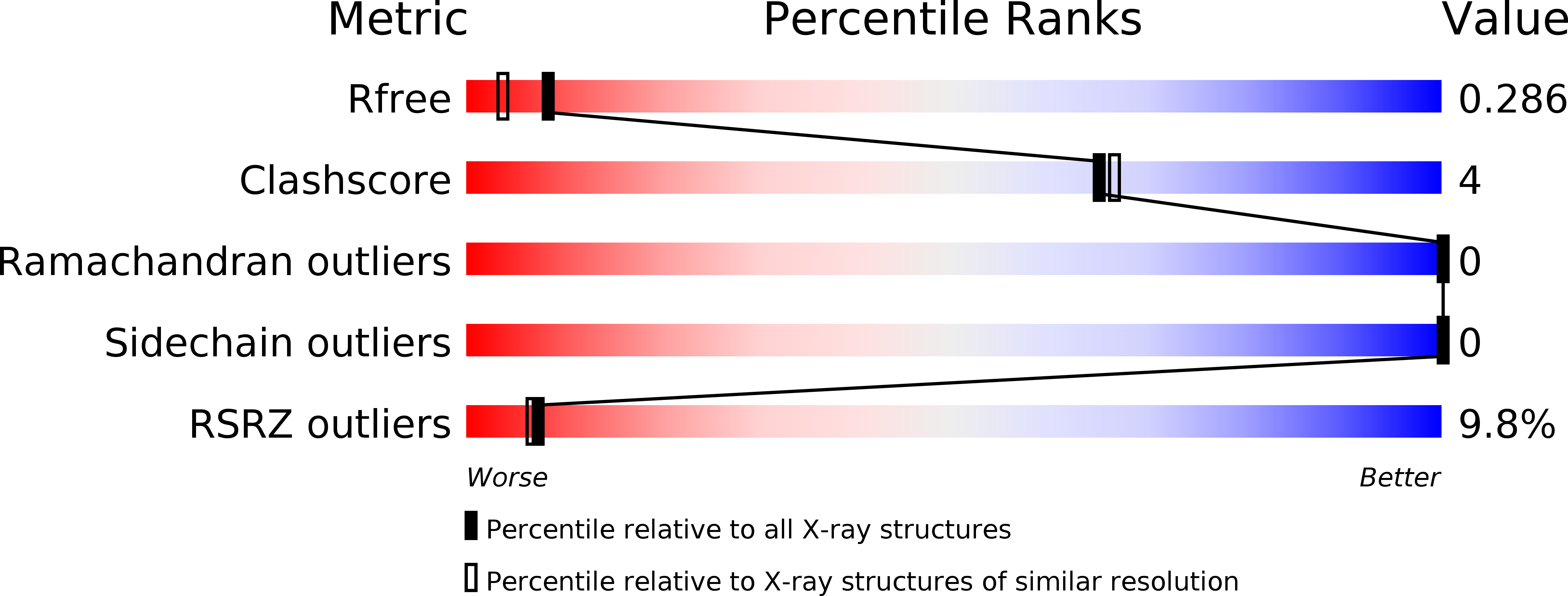
Deposition Date
2006-03-10
Release Date
2006-05-16
Last Version Date
2023-08-30
Entry Detail
PDB ID:
2GBK
Keywords:
Title:
Crystal Structure of the 9-10 MoaD Insertion Mutant of Ubiquitin
Biological Source:
Source Organism:
Homo sapiens (Taxon ID: 9606)
Host Organism:
Method Details:
Experimental Method:
Resolution:
1.99 Å
R-Value Free:
0.28
R-Value Work:
0.24
R-Value Observed:
0.24
Space Group:
P 1


